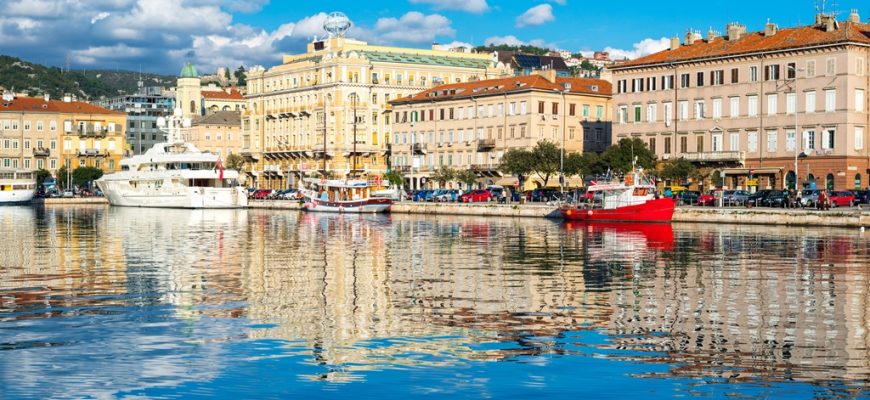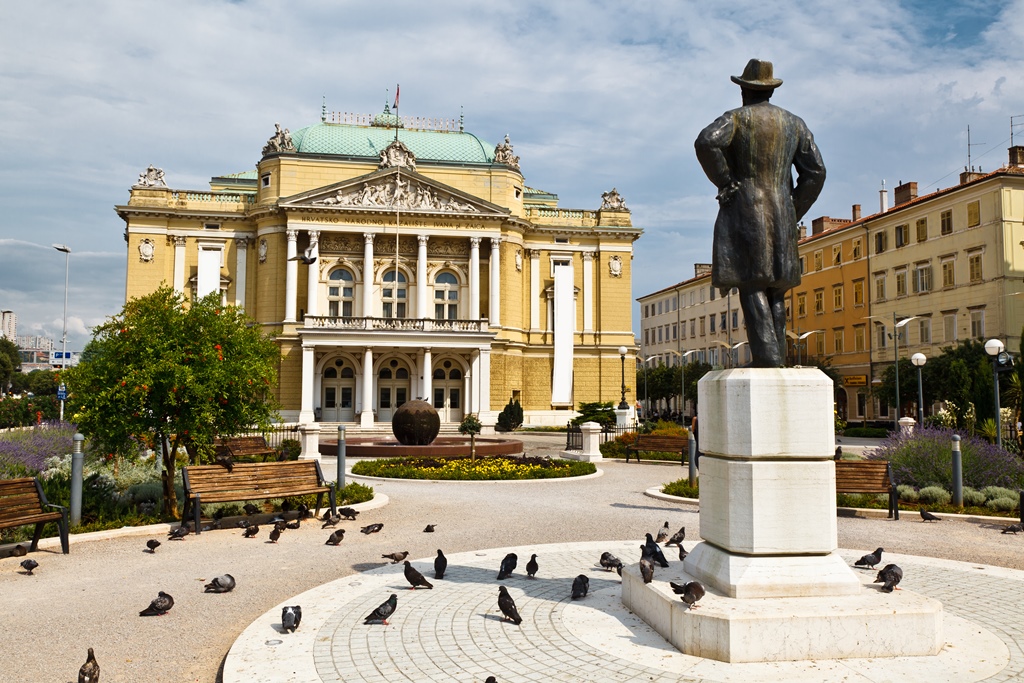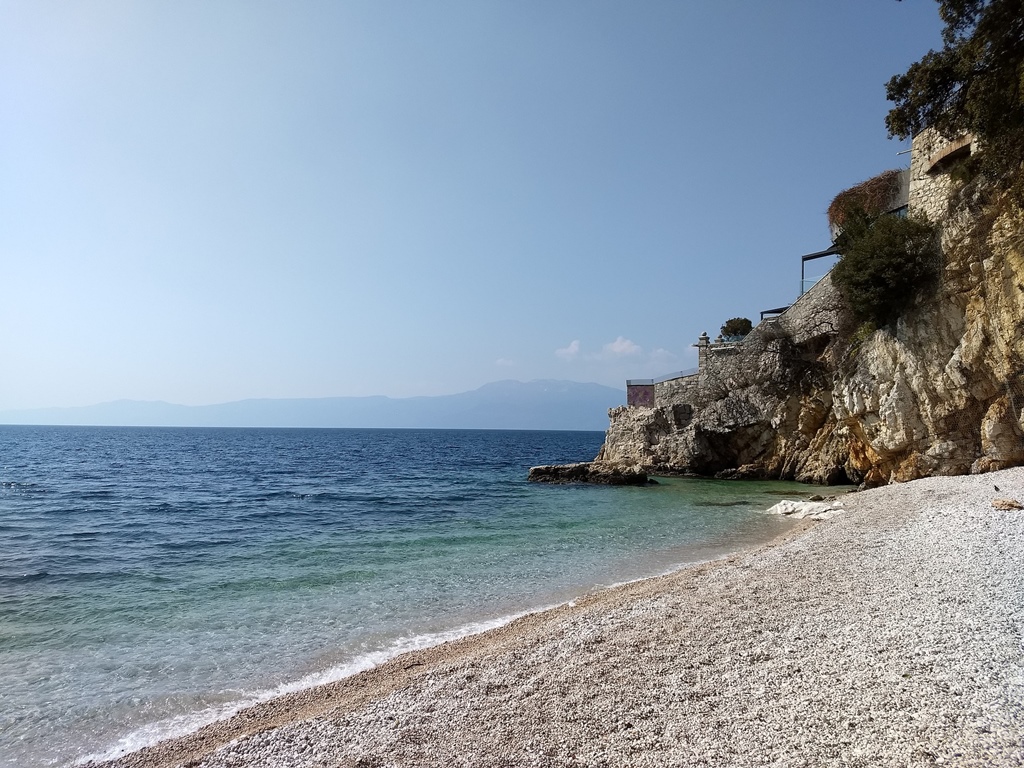Rijeka is the third largest city in Croatia after Zagreb and Split in terms of number of population. Rijeka is also the most important Croatian seaport due to its strategic geographical position. Interestingly, Rijeka was selected as European Capital of Culture for 2020 along with Galway in Ireland. Not many people know the fact that Rijeka every year hosts one of the biggest Carnival Festivals, almost as popular as the one in Venice. The first festival was held in 1982 and more and more people attend it each year.

Rijeka climate is Humid subtropical, with warm summers and relatively mild and rainy winters. Warmest month is August with average temperature between 18.6° and 28.1°C. Coldest month is January with temperatures between 2.9° and 9.1°C. The climate is also characterized by frequent rainfall. Month with highest rainfall is October. The best month for swimming is August, with average sea temperature of 24.9°C.


History of RIJEKA
Rijeka, formerly known as Fiume, is a city located in the northern tip of the Kvarner Gulf in the northern Adriatic. It was part of the Roman province of Dalmatia, and later of the Kingdom of Croatia. It grew during the 12th to 14th centuries as a seaport within the Holy Roman Empire, trading with Italian cities. Under the ownership of the House of Habsburg from 1466, it was made a free city, and although part of the Duchy of Carniola it developed organs of local self-government. Its maritime trade was suppressed by Venice until the late 17th century, when peace was concluded and the Habsburgs set about developing the city as a major port. Sugar refineries and other industries were also introduced. Rijeka was attached to the Kingdom of Hungary in 1779, retaining autonomous status, although the Kingdom of Croatia also maintained a claim. Rijeka was occupied by Napoleonic France between 1809 and 1813 as part of the Illyrian Provinces. After reconquest by Austria, it was placed within the Kingdom of Illyria until 1822 and then restored to Hungary. Industrial development recommenced, the port was modernised and a naval base created, and railways were constructed connecting the city with Hungary and Serbia. On the Austro-Hungarian Compromise of 1867, Hungary gained equal status with Austria, and Rijeka, as Hungary’s main port, became a rival to Austria’s port of Trieste. On the defeat and dissolution of the Austro-Hungarian monarchy in 1918, Italy and the new Kingdom of the Serbs, Croats and Slovenes (later the Kingdom of Yugoslavia) both laid claim to Rijeka. Negotiations in 1919 at the Paris Peace Conference were pre-empted by the coup led by Gabriele D’Annunzio, setting up the Italian Regency of Carnaro based in the city. This was suppressed by Italian troops the next year, and under the Treaty of Rapallo the independent Free State of Fiume was established. However, after Benito Mussolini became ruler in Italy, Rijeka (as Fiume) was annexed to Italy in 1924. Rijeka was occupied by German troops in 1943 after Italy came to terms with the Allies of World War II, and experienced extensive damage from Allied bombing. After fierce fighting it was captured on 3 May 1945 by Yugoslav forces and annexed to the Socialist Republic of Croatia under the Paris peace treaty of 1947. Most of the Italian population fled or were removed, and were subsequently replaced by incomers from other parts of Yugoslavia. Rijeka became the largest port in Yugoslavia, and other growth sectors included port traffic, oil and coal. On the breakup of Yugoslavia in 1991, Rijeka became part of independent Croatia, but has experienced economic difficulties with the closure of many of its older industries.